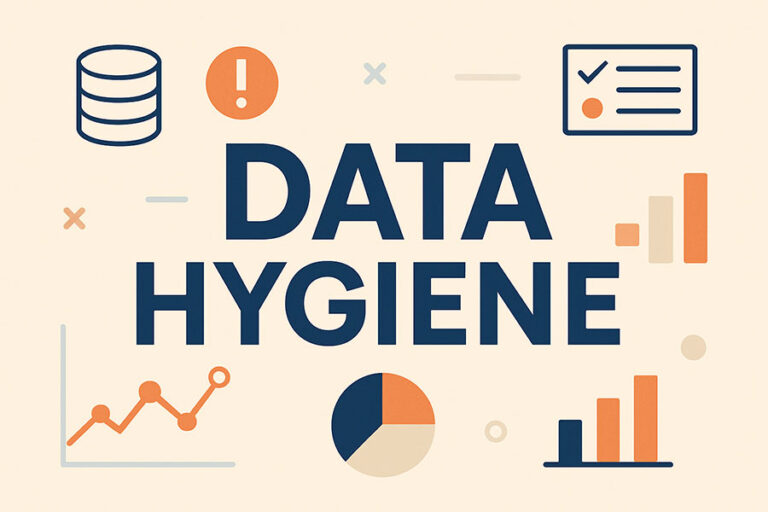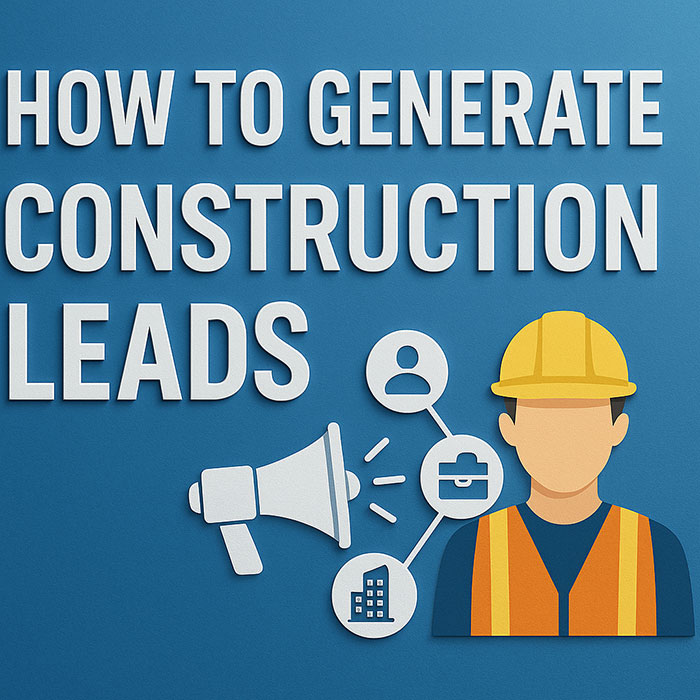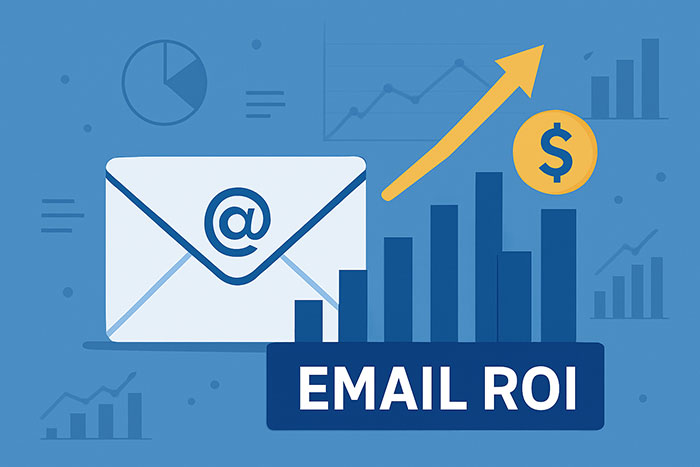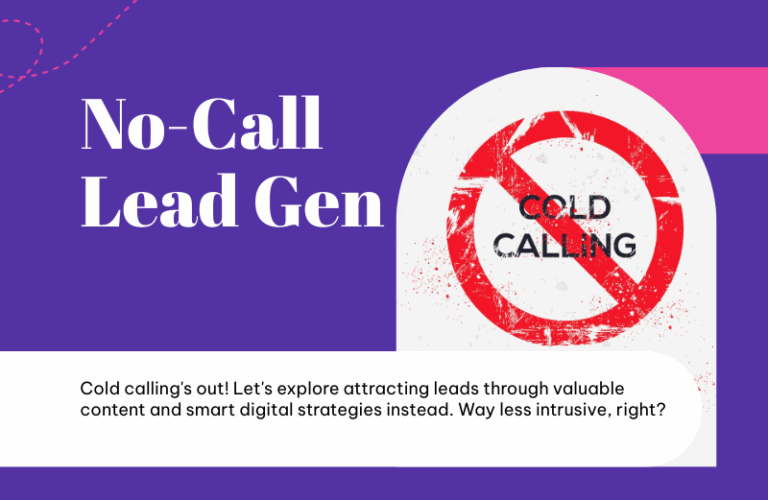
The SaaS (Software-as-a-Service) market has exploded over the past decade, and it shows no signs of slowing down. As companies increasingly turn to digital solutions, SaaS providers face stiff competition in promoting and selling their products. To stand out and drive sales effectively, it’s essential to embrace a mix of traditional sales strategies and emerging trends tailored to the SaaS ecosystem. Below is a detailed exploration of effective selling tactics that SaaS companies can adopt to boost their growth in 2024.
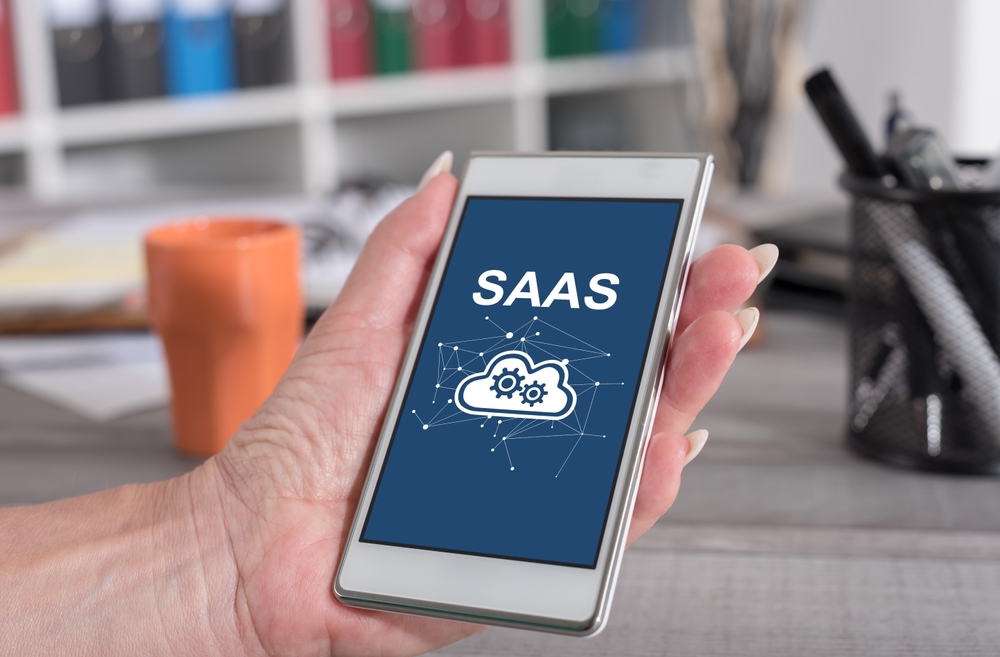
Leverage Personalized Demos and Free Trials
Offering personalized product demos remains a key SaaS sales strategy. These demos provide potential customers with a hands-on, tailored experience, helping them see firsthand how your solution meets their needs. Free trials serve as an extended demo, offering customers a period to test the product and fully experience its benefits before making a purchase decision.
To ensure that the trial period is effective, SaaS companies should provide personalized onboarding, which helps users quickly reach an “Aha!” moment. This moment is when the customer recognizes the core value of the product, driving them toward conversion. Support during the trial period, such as interactive guides and tutorials, can further improve the likelihood of turning trial users into paying customers.
Adopt Flexible Pricing Models
Pricing plays a significant role in selling SaaS products, and offering flexible, usage-based pricing models is becoming increasingly popular. This approach allows customers to pay based on their consumption, aligning the cost with the value they derive from the product.
Additionally, freemium models—where basic features are free, but advanced features require payment—allow SaaS companies to attract a broader audience and convert free users into paying customers over time. The flexibility and transparency of these pricing models build trust and encourage customers to adopt higher tiers as they see more value in the product.
Embrace Data-Driven Strategies with CRM Tools
Data is at the heart of modern SaaS sales strategies, with companies increasingly relying on predictive analytics to identify high-value prospects. By analyzing customer behavior, sales teams can focus on leads with the highest likelihood of converting. Predictive analytics can also forecast customer needs, enabling more proactive sales and marketing approaches.
Customer Relationship Management (CRM) systems are vital for consolidating customer data and streamlining sales efforts. These tools allow SaaS teams to monitor every interaction with a lead or customer, ensuring consistent follow-ups and personalized outreach. CRM systems can also automate repetitive tasks, freeing up sales teams to focus on more value-added activities.
Social Selling and Building Authority
In 2024, social media remains a key tool for SaaS companies to engage prospects and nurture leads. Platforms like LinkedIn and Twitter are especially useful for B2B SaaS companies to connect with decision-makers. Social selling is not just about sharing content—it’s about building relationships with potential customers by providing value in every interaction.
Thought leadership content, such as blog posts, videos, and webinars, helps SaaS companies establish authority in their niche. By consistently sharing valuable content that educates prospects, SaaS businesses can build trust, which makes prospects more likely to convert into customers.

Utilize Account-Based Marketing (ABM)
Account-Based Marketing (ABM) is a highly effective strategy for B2B SaaS companies targeting high-value customers. ABM focuses on creating personalized campaigns for specific accounts rather than broader audience segments. This allows SaaS companies to tailor their messaging and product offerings to the unique needs of individual accounts, improving conversion rates.
ABM involves close collaboration between marketing and sales teams. Both teams work together to create targeted, personalized content and outreach strategies that align with the needs and pain points of the target account. For SaaS businesses targeting enterprise clients, ABM can drastically shorten the sales cycle and boost revenue.
Offer a Superior Customer Experience with Continuous Engagement
The customer journey doesn’t end once the sale is made—retaining customers and maximizing their lifetime value is crucial for long-term success. One way to enhance customer retention is through secondary onboarding, which introduces users to advanced features after they’ve become familiar with the core functionalities of the product.
In addition, companies should reward customer milestones and offer incentives for deeper engagement. Celebrating user achievements—such as completing tasks or reaching usage milestones—creates positive reinforcement and encourages continued product usage.
Capitalize on Referral Programs
Referral programs remain one of the most cost-effective ways to grow a SaaS business. Customers who are satisfied with the product are more likely to recommend it to their peers, especially if they’re incentivized to do so. Offering rewards such as discounts, free months of service, or access to premium features encourages users to become advocates for your brand.
Successful referral programs rely on seamless user experience—both for the person making the referral and the one receiving it. Automated referral tracking systems ensure that rewards are distributed quickly and efficiently, maintaining customer satisfaction throughout the process.
Utilize High-Impact Video Marketing
Video marketing has become a dominant force in SaaS sales, with prospects increasingly turning to video content to learn about products. Explainer videos, product demos, and customer testimonials in video format offer an engaging way to communicate the benefits of your software. Videos can be distributed through multiple channels—social media, email campaigns, and even landing pages—to capture the attention of potential buyers.
Micro-videos, which are short, informative clips focusing on a single feature or benefit, can be particularly effective for prospects with short attention spans. These videos not only provide quick insights but also guide potential customers toward deeper engagement with the product.
Automate Marketing with AI and Machine Learning
Automation is transforming SaaS marketing, allowing businesses to engage customers at scale while delivering personalized experiences. Marketing automation platforms enable SaaS companies to send targeted emails, nurture leads, and provide timely follow-ups—all without manual intervention. This helps to shorten the sales cycle and ensures that prospects are receiving relevant content at every stage of their journey.
Machine learning can also enhance predictive lead scoring, which helps SaaS sales teams focus their efforts on the most promising leads. By analyzing past customer behavior and engagement patterns, machine learning algorithms can predict which leads are most likely to convert, improving the efficiency of the sales process.
Prioritize Customer Success with Dedicated Support Teams
One of the most important aspects of SaaS sales is ensuring that customers are successful in using your product. A customer success team can play a critical role in driving product adoption, minimizing churn, and increasing upsell opportunities. By proactively engaging with customers and helping them achieve their goals, customer success teams ensure that users see the long-term value of the software.
A dedicated customer success strategy involves regularly checking in with customers, offering personalized recommendations, and identifying opportunities for upselling or cross-selling. By aligning customer success with your sales strategy, you can drive sustainable growth and maximize customer lifetime value.
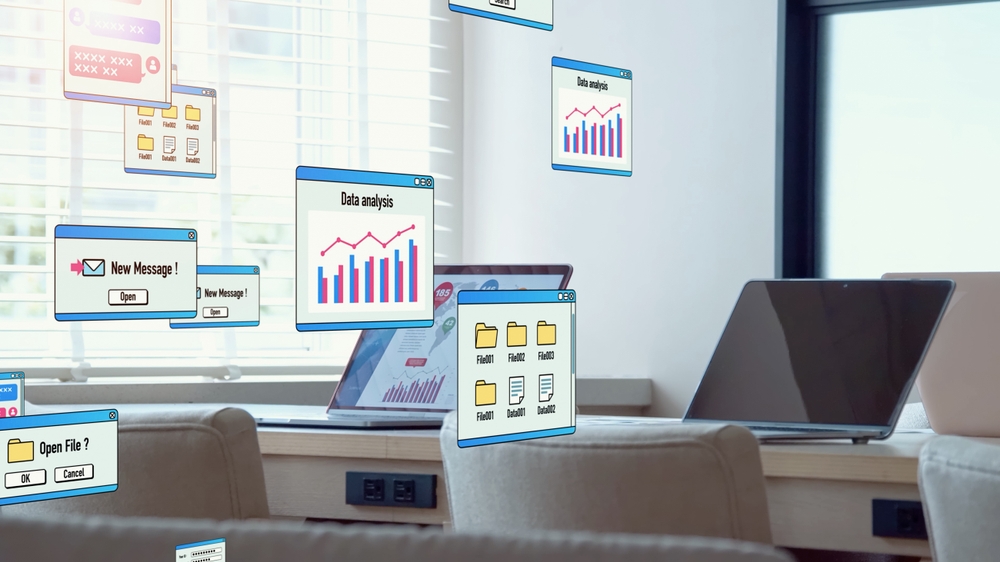
AI-Driven Personalization: Enhancing Efficiency and ROI
Artificial Intelligence (AI) is no longer just a buzzword; it’s a competitive necessity in the SaaS landscape. For business-savvy SaaS companies, the focus should be on leveraging AI-driven personalization to enhance operational efficiency and improve customer targeting. AI allows sales teams to create hyper-personalized experiences by analyzing customer data in real time. This can lead to more precise marketing messages, tailored recommendations, and higher engagement rates, thus improving conversion and retention metrics.
For instance, using AI in predictive analytics helps sales teams prioritize high-potential leads based on their behavior patterns, maximizing the ROI on marketing spend. Additionally, AI chatbots streamline customer support, reducing overhead costs while improving response times. In short, AI allows businesses to scale without sacrificing the quality of personalization, a key to competing in today’s SaaS market.
Sustainability as a Competitive Advantage
Sustainability is no longer a niche concern; it’s a strategic differentiator. SaaS companies focused on environmental and social responsibility can use this as a selling point, especially when targeting enterprise clients that have strict ESG (Environmental, Social, Governance) criteria. By adopting sustainable business practices, such as energy-efficient cloud infrastructure and ethical data management, SaaS firms can appeal to both environmentally conscious customers and businesses aiming to meet their own sustainability goals.
This trend not only helps SaaS companies build goodwill and enhance brand reputation, but it can also improve operational efficiency. By reducing waste and optimizing resource management, businesses can lower costs and improve profitability. For companies looking to expand into new markets, sustainability offers a clear value proposition that aligns with growing regulatory pressures and consumer demand.
Product-Led Growth (PLG) for Scalable Success
In the SaaS industry, the Product-Led Growth (PLG) strategy is reshaping how companies scale. A PLG approach puts the product at the center of customer acquisition and conversion, with a focus on delivering immediate value through self-service onboarding and freemium models. This strategy significantly lowers customer acquisition costs (CAC) by allowing users to explore and understand the product independently, often leading to a faster and more organic path to conversion.
For business-savvy operators, PLG presents an opportunity to reduce sales overheads while scaling rapidly. Customers self-educate and progress through the sales funnel with minimal sales intervention. The key is to ensure that the product experience is seamless, intuitive, and consistently delivers on its value proposition from day one. By the time sales teams engage, prospects are already well-educated and further down the decision-making process.
Omnichannel Engagement: A Strategy for Cohesive Customer Journeys
For SaaS companies looking to thrive in a multi-platform world, omnichannel engagement is an essential strategy. Today’s customers interact with businesses across various platforms—email, social media, live chat, and websites—expecting a seamless and unified experience. By integrating customer data across all these touchpoints, SaaS firms can create consistent and cohesive interactions, improving customer satisfaction and retention.
From a business perspective, omnichannel engagement is about driving efficiency. By centralizing data through Customer Data Platforms (CDPs) and aligning marketing and sales efforts, businesses can streamline operations, ensure better decision-making, and provide a superior customer experience. This approach also enables more precise tracking of customer behavior, allowing for data-driven adjustments that increase the effectiveness of marketing campaigns and customer outreach.
Global Expansion and Localization for Market Growth
For SaaS companies with an eye on global markets, localization is not optional—it’s imperative. As SaaS adoption grows in regions like Asia, Latin America, and Africa, business-savvy operators must focus on tailoring their products and marketing efforts to meet the specific needs of these emerging markets. Localization involves more than just language translation. It includes adapting user interfaces, payment systems, and customer support to fit local preferences and regulatory frameworks.
By localizing effectively, SaaS companies can gain a competitive edge in new regions, attracting customers who are looking for solutions that resonate with their cultural and operational needs. This strategy also reduces friction in the adoption process, leading to higher conversion rates in international markets. Global expansion efforts should be paired with regional compliance strategies to ensure adherence to local data protection laws, which can vary significantly by region.
Driving SaaS Sales Success in 2024 and Beyond
In 2024, the SaaS landscape is evolving rapidly, requiring businesses to adopt more sophisticated and customer-centric selling tactics. From leveraging AI-driven personalization to embracing product-led growth, SaaS companies must focus on creating seamless, value-driven experiences that engage customers at every touchpoint.
Adopting sustainability as a core business value not only strengthens your brand’s market position but also appeals to the growing number of environmentally conscious consumers. Similarly, omnichannel engagement and localization are vital for reaching diverse, global markets and ensuring a consistent, high-quality customer experience.
AI-powered analytics, predictive insights, and CRM automation will enable SaaS companies to operate more efficiently, focusing resources on high-potential leads and optimizing marketing efforts for maximum ROI. This approach minimizes operational costs while maximizing conversion and retention rates.
Finally, Product-Led Growth is emerging as a powerful strategy to reduce customer acquisition costs and enable scalable growth. By allowing the product to lead the customer journey, SaaS businesses can build deeper relationships and foster long-term loyalty with minimal sales friction.
By integrating these cutting-edge strategies into their sales processes, SaaS companies will not only stay competitive but also thrive in an increasingly dynamic and challenging market. SaaS providers who can anticipate and adapt to these trends will be better positioned to capture market share and drive sustainable growth in the years ahead.
